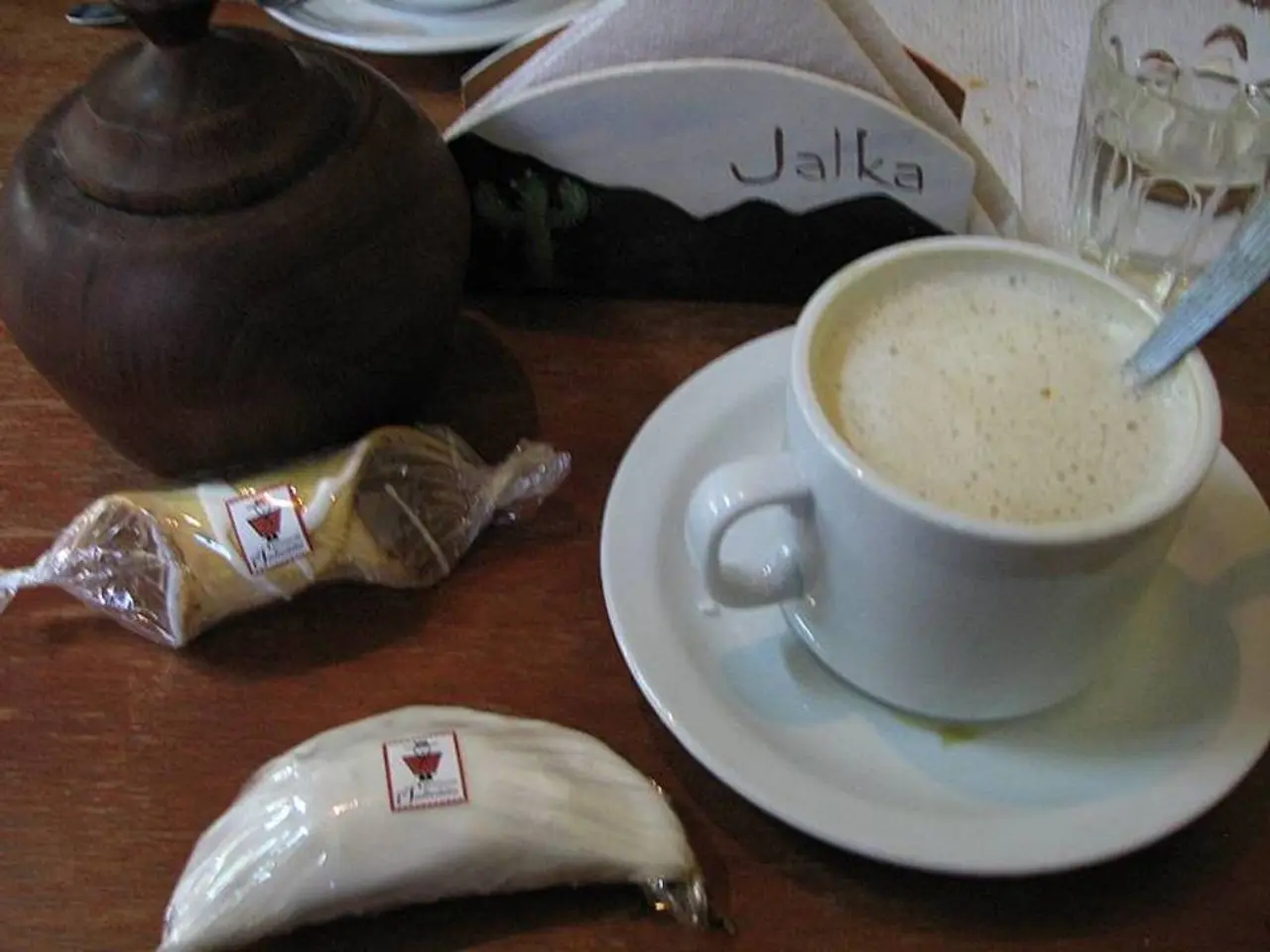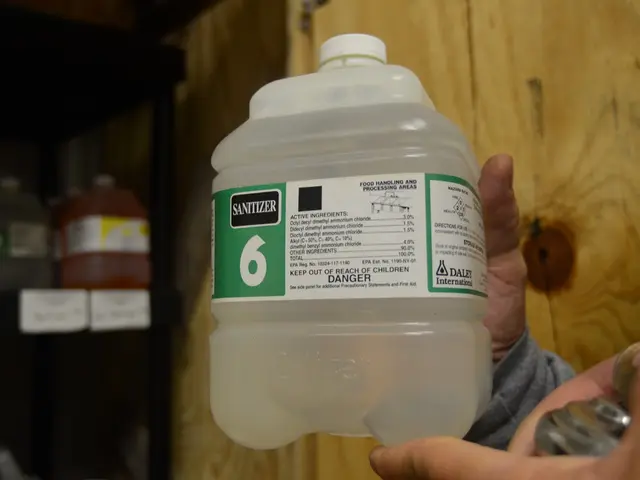Breast fibrocystic condition: Remedies, nutrition advice, and additional aspects
Fibrocystic breast changes, a common condition affecting an estimated 50% of females, particularly those between the ages of 30 and 50, can cause discomfort such as breast tenderness, lumpiness, and pain. However, treatment may not be necessary if symptoms are mild.
For those experiencing more severe pain, several options are available. Heat and cold therapies have been found to be effective in managing pain and discomfort from fibrocystic breast changes. Cold therapy, using ice packs, helps reduce inflammation and numb the area, thereby decreasing pain. Heat therapy, using heating pads or warm compresses, promotes blood flow and can help relax tense breast tissue, reducing discomfort [1].
Over-the-counter pain relievers such as ibuprofen and acetaminophen can also provide pain relief for fibrocystic breast changes. In addition, a 2017 research review indicated that a topical diclofenac gel decreased pain for fibrocystic breast changes [1].
Hormone therapy may balance hormone levels and help reduce breast pain. However, using estrogen and progestin treatment after menopause may increase the risk of benign breast changes.
Exercise and relaxation techniques can also help reduce fibrocystic breast pain. A well-fitting, supportive bra may help decrease discomfort from fibrocystic breast changes.
It's important to note that fibrocystic breast changes share some similarities with breast cancer. Symptoms may include thickening and lumpiness in the breast, breast tenderness and pain, areas of fibrosis that feel rubbery, hard, or smooth to the touch, a feeling of heaviness in the breast, swelling, breast cysts, and nipple discharge. If worsening pain, new lumps or changes, dimpling or puckering of the skin, nipple changes such as discharge or inverted nipples, warmth and redness or other changes in skin color are noticed, medical advice should be sought promptly.
After menopause, a person may experience a sharp or burning pain or soreness in one part of the breast rather than throughout the breasts, likely due to costochondritis, inflammation that affects the rib cage where the bone and cartilage meet.
Some studies suggest the effectiveness of supplements such as evening primrose oil, vitamin B6, ground flaxseed, and monk's pepper in reducing fibrocystic breast pain. However, it's crucial to consult a doctor before starting a new supplement, as some supplements may not be safe for everyone.
If pain is severe and continues for more than a week, a doctor may prescribe medications such as tamoxifen, bromocriptine, or danazol.
In summary, applying heat or cold to the breasts can ease pain and tenderness caused by fibrocystic breast changes by reducing inflammation (cold therapy) and relaxing tissues (heat therapy), making these practical options for managing symptoms at home. Over-the-counter pain relievers can also provide relief, and it's essential to consult a healthcare professional for personalised advice and treatment.
[1] Source: Mayo Clinic, 2021. Fibrocystic Breasts. Available at: https://www.mayoclinic.org/diseases-conditions/fibrocystic-breasts/symptoms-causes/syc-20354563 [Accessed 1 April 2023].
- Treatmentseekers experiencing severe discomfort from fibrocystic breast changes may find relief through heat and cold therapies, with cold therapy using ice packs reducing inflammation and numbing the area, and heat therapy promoting blood flow and relaxing tense breast tissue.
- Over-the-counter pain relievers such as ibuprofen and acetaminophen can alleviate pain associated with fibrocystic breast changes, while a topical diclofenac gel has shown promise in reducing such pain, according to a 2017 research review.
- Hormone therapy may help balance hormone levels and lessen breast pain, but using estrogen and progestin treatment after menopause could potentially increase the risk of benign breast changes.
- Exercise, relaxation techniques, and wearing a well-fitted, supportive bra may help reduce fibrocystic breast pain, with supportive bras potentially decreasing discomfort caused by the condition.
- Fibrocystic breast changes share similarities with breast cancer, with symptoms including thickening and lumpiness, breast tenderness and pain, and changes in skin color or texture, among others; those noticing worsening pain, new lumps, or changes in breast appearance should seek medical advice promptly.
- After menopause, menopause-related health conditions such as costochondritis may cause sharp or burning pain in one part of the breast, distinct from fibrocystic breast changes.
- Some studies suggest supplements like evening primrose oil, vitamin B6, ground flaxseed, and monk's pepper may help reduce fibrocystic breast pain, but it's crucial to consult a doctor before starting a new supplement regimen.
- If fibrocystic breast pain persists and is severe, a doctor may prescribe medications such as tamoxifen, bromocriptine, or danazol to manage symptoms.
- Women's health encompasses not only physical health-and-wellness but also mental health, skin care, and awareness of various medical conditions, including fibrocystic breast changes and cancer.








